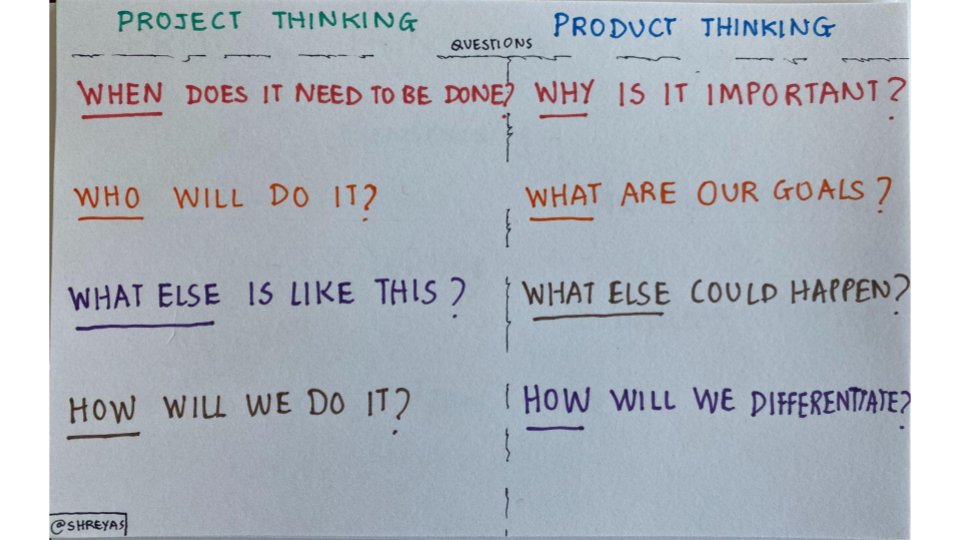The LNO framework is a great way for PMs to take control of their lives. PMs cannot do every task well, lest they work themselves to death.
(…)
So, the types of work that PMs should prioritize in the leverage category is primarily vision and strategy. Scoping work is lower leverage, and executional details of the backlog is the lowest leverage.
After identifying the work, the challenge is to prioritize it. Most of the executional work has to be done by someone. PMs have a few tools to offload it. The first method to offload the scope & backlog work is to involve engineering early in the process of strategy and vision. This gives them the context to make product decisions on their own.
The second method to offload the scope & backlog work is to empower engineers and designers to make those decisions on their own. This is easy to say but hard to do in practice. PMs have to let the team ship features, and cheerlead on their decisions, even when the PM does not agree. Many times, product leadership will express this intent but then act completely different in product reviews, dictating details of the product. This must be avoided to focus on high leverage work.
Source: LNO (Leverage, Neutral, Overhead) Framework for Product Managers

